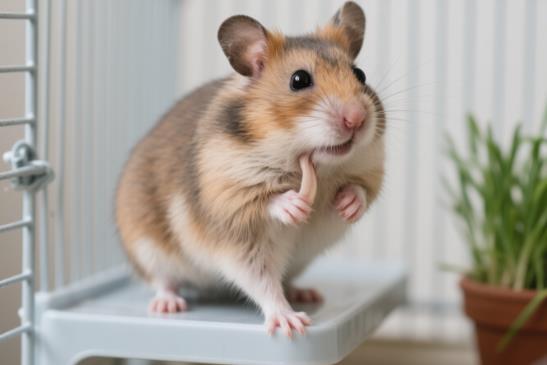The average lifespan of a Teddy Bear Hamster (also known as the Syrian Hamster) is 2 to 3 years. Its lifespan is jointly influenced by breed characteristics, genetic factors, living environment, and care methods. The detailed analysis of its lifespan is as follows:

I. Breed Characteristics and Genetic Factors
As a type of hamster, the lifespan of the Teddy Bear Hamster is affected by its breed characteristics and genetic factors. There are differences in lifespan among different hamster breeds, but Teddy Bear Hamsters generally fall into the category of breeds with a relatively moderate lifespan.
II. Living Environment and Care Methods
Diet Management
A scientific and proper diet is crucial for maintaining a hamster’s longevity. Hamsters require balanced nutrition, including protein, carbohydrates, fats, vitamins, and minerals. Owners should provide fresh hamster food, an appropriate amount of vegetables and fruits, as well as clean drinking water.
Living Space
A comfortable and safe living space is essential for a hamster’s health. Hamsters need sufficient space for activity, along with a clean, dry, and well - ventilated living environment. Owners should clean the cage regularly, replace the bedding, and maintain the hygiene of the environment.
Daily Care
Owners should take careful care of their hamsters, which includes regularly observing their health status, addressing potential health issues, and providing appropriate toys and entertainment facilities.
III. Individual Differences and Longevity Cases
Although the average lifespan of a Teddy Bear Hamster is 2 to 3 years, there are differences between individuals. Some hamsters may live longer due to favorable genetics, a suitable environment, or proper care. For example, there are recorded cases where certain hamsters have lived beyond 4 years, and some have even approached 5 years of age. These longevity cases are usually closely related to scientific feeding management, a good genetic background, and the owner’s careful care.
